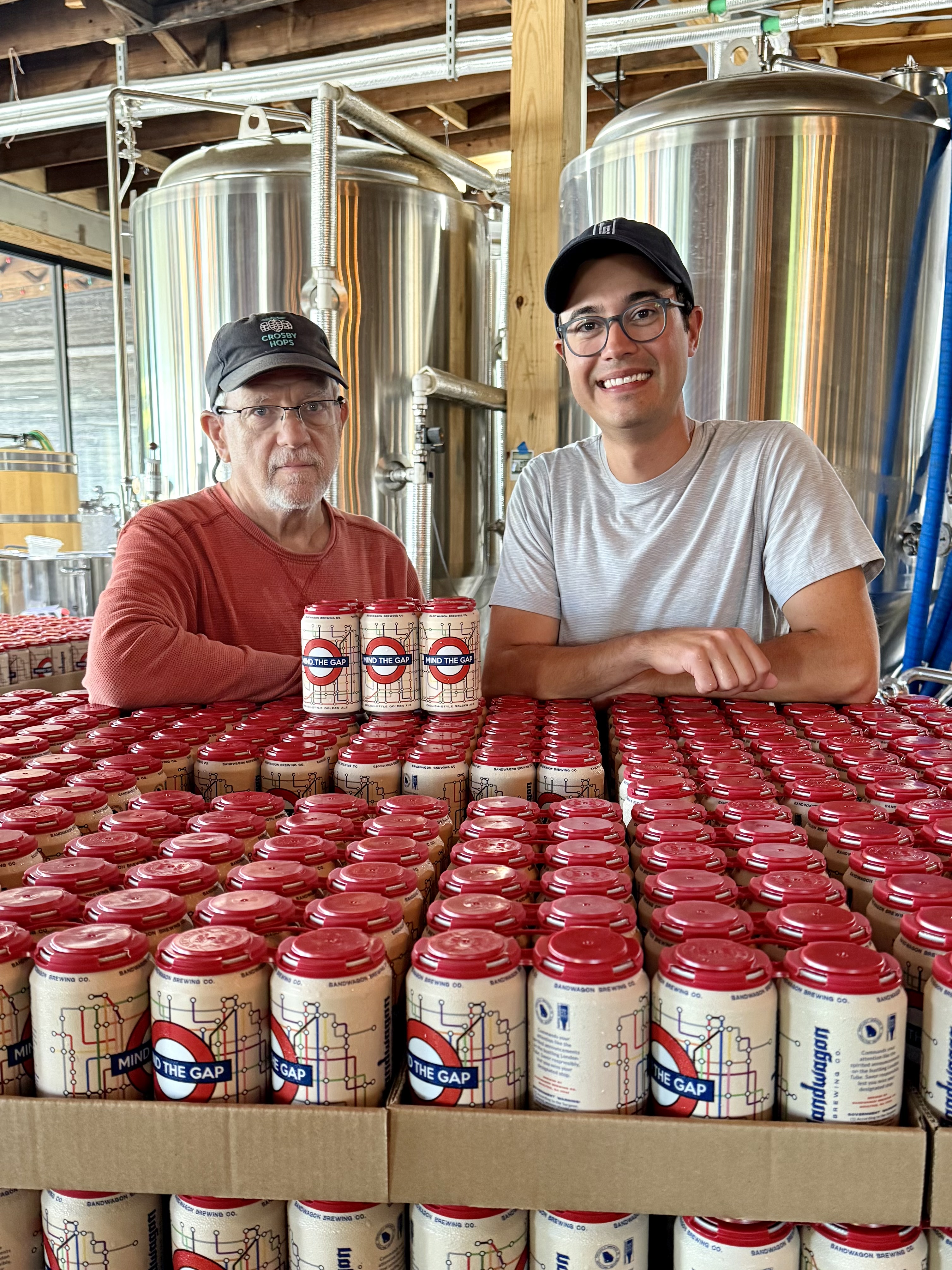EDDIE SEAGLE: More than just green!
Published 8:00 am Wednesday, February 9, 2022

- Eddie Seagle is a Sustainability Verifier, Golf Environment Organization (Scotland), Agronomist and Horticulturalist, CSI: Seagle (Consulting Services International) LLC, Professor Emeritus and Honorary Alumnus (Abraham Baldwin Agricultural College), Distinguished Professor for Teaching and Learning (University System of Georgia) and Short Term Missionary (Heritage Church, Moultrie). Direct inquiries to csi_seagle@yahoo.com.
“All you need is love. But a little chocolate now and then doesn’t hurt.” Charles M. Schulz. “Loving ourselves truly so we can truly love others is the real valentine, and experiencing what I’m calling a Valentine Life, is available to everyone.” Sark. “Where there is lasting love, there is a family.” Shere Hite. “The best and most beautiful things in the world cannot be seen or even touched — they must be felt with the heart.” Helen Keller. “The best thing to hold onto in life is each other.” Audrey Hepburn.
It’s that time of the year that one should think about and plan all maintenance activities in the lawn and landscape. Timing of these activities is very critical to the health and survival of most plants. From pruning to fertilization and water, it is important to be accurate and on schedule. And, plant selection and installation are equally important in timing, as well.
As selections are made for trees, shrubs, and flowers in our landscapes, think about size, shape, texture and color before purchasing. It’s more than just green! Color is an important characteristic to address. How does color influence many of our decisions in the landscape?
We are constantly surrounded by color as it influences the foods we eat, the clothes we wear, the homes we live in, the cars we drive, and the plants we buy. Color is so much a part of our lives that we often take it for granted, until we have to plan a color scheme for our home landscape. When faced with an almost endless variety of colors to choose from, the task of planning a harmonious color scheme can be overwhelming. The more one knows about color, the more effectively it can be used.
Color comes from light and without light color is void. You can see the colors in light when a rainbow appears after a rainstorm. As sunlight passes through the curved surfaces of raindrops, the colors in light separate into bands of color in the sky. You can get the same effect when white light passes through a prism.
This band of color has been reproduced in a support tool called the color wheel and is a simple way of showing the relationships of colors as they appear in nature. The color wheel is made up of 12 colors which can be divided into three groups.
The primary colors are red, yellow and blue and all other colors are made up of some combination of these colors. The secondary colors are orange, violet, and green and are made by mixing equal parts of two primary colors (red and yellow for orange, red and blue for violet, and blue and yellow for green). The tertiary or intermediate colors are those colors which are made by combining one primary and one secondary color. Such combinations include yellow-orange, red-orange, blue-violet, blue-green, and yellow-green.
Also, black, white, and gray are called neutral colors and do not appear on the color wheel. They produce an infinite number of tints and shades when added to true colors. And other colors such as brown, tan, and beige are often treated as neutrals but they actually belong to the color orange on the color wheel.
Warm colors are those colors associated with red and yellow hues and remind us of things in nature that are warm such as sunlight and fire. These colors will make you feel warm and cheerful and make an outdoor room seem friendly and inviting. Cool colors are those colors from the blue and green families and remind us of things in nature that are cool like water, grass and trees. These colors will make you feel cool and refreshed and make a room seem quiet and restful.
Warm colors and dark or intense values of some cool colors are called advancing colors because they appear to move toward you. When used on the walls of a landscape they make the outdoor room appear smaller because the vegetative walls seem closer to you. Receding colors include cool colors and light tints of some warm colors and these colors appear to recede or move back. When used on the walls of a landscape, they make the outdoor room appear larger and more spacious because the vegetative walls seem farther away.
Soft pale colors carry the eye into the distance, an effect which can make an outdoor sitting area seem larger than it really is. Darker, purer colors give the illusion of bringing things closer which make areas smaller and outdoor furniture look larger. Vivid colors are best used as accents in small outdoor areas.
Color can unify and improve curb appeal. Color, when used appropriately, is one of the best means to bring harmony to an outdoor room in the landscape. Repetition of color within an outdoor room leads the eye smoothly from one area to another for a more harmonious appearance.
Think about what kind of impression you want to create with your landscaping. This is the planning stage. Do you want your plantings to get attention with strong curb appeal? If so, consider bright red and yellow combinations. Red offers the impression of energy and excitement, while yellow offers sunshine and friendliness. Together, red and yellow can make very powerful, seasonal statements in curb appeal. For example, combine cheerful red and yellow tulips to welcome spring and yellow black-eyed Susan plants with majestic red dahlias in the heat of summer. Furthermore, if you want your landscape to exemplify a cool retreat, then blues, purples, pinks and variegated greens can deliver such intentions. White is always an awesome filler color to blend into any color scheme.
Reference the color wheel in choosing the most pleasing color combinations. Match those colors that are positioned as opposites on the wheel to create an immediate, complementary color scheme. For example, combine red and green and use variegated coleus to link the two shades. Also, orange with blue or yellow with violet work very effectively as complementary colors in the landscape. Remember that white can be used as an effective neutral color. A monochromatic color scheme can be very effective in make a powerful statement of color in the landscape. Selecting this scheme would include using various shades and intensities of only one dominant color. For example, the choices of pinks, light reds, dark reds and maroons would work very well together for a massive display of color.
In reality, landscaping is a matter of personal choices. Learn as much as you can about your potential choices. If selections tend to become too complicated, experiment with a variety of plants and colors. Learn what works well in your landscape environment from points of sustainability, cultural requirements, and curb appeal. Therefore, creating a beautiful and effective landscape of color is always a work in progress, but it can be great therapy for the mind, heart and soul. Happy Valentine’s Day!
“Hear, O Israel: The Lord our God, the Lord is One. Love the Lord your God with all your heart and with all your soul and with all your strength.” Deuteronomy 6:4-5. As it is written: “No eye has seen, no ear has heard, no mind has conceived what God has prepared for those who love Him.” 1 Corinthians 2:9. “Be completely humble and gentle; be patient, bearing with one another in love.” Ephesians 4:2. “You are forgiving and good, O Lord, abounding in love to all who call on you.” Psalm 86:5. “Three things will last forever—faith, hope, and love—and the greatest of these is love.” 1 Corinthians 13:13.
Eddie Seagle is a Sustainability Verifier, Golf Environment Organization (Scotland), Agronomist and Horticulturalist, CSI: Seagle (Consulting Services International) LLC, Professor Emeritus and Honorary Alumnus (Abraham Baldwin Agricultural College), Distinguished Professor for Teaching and Learning (University System of Georgia) and Short Term Missionary (Heritage Church, Moultrie). Direct inquiries to csi_seagle@yahoo.com.





